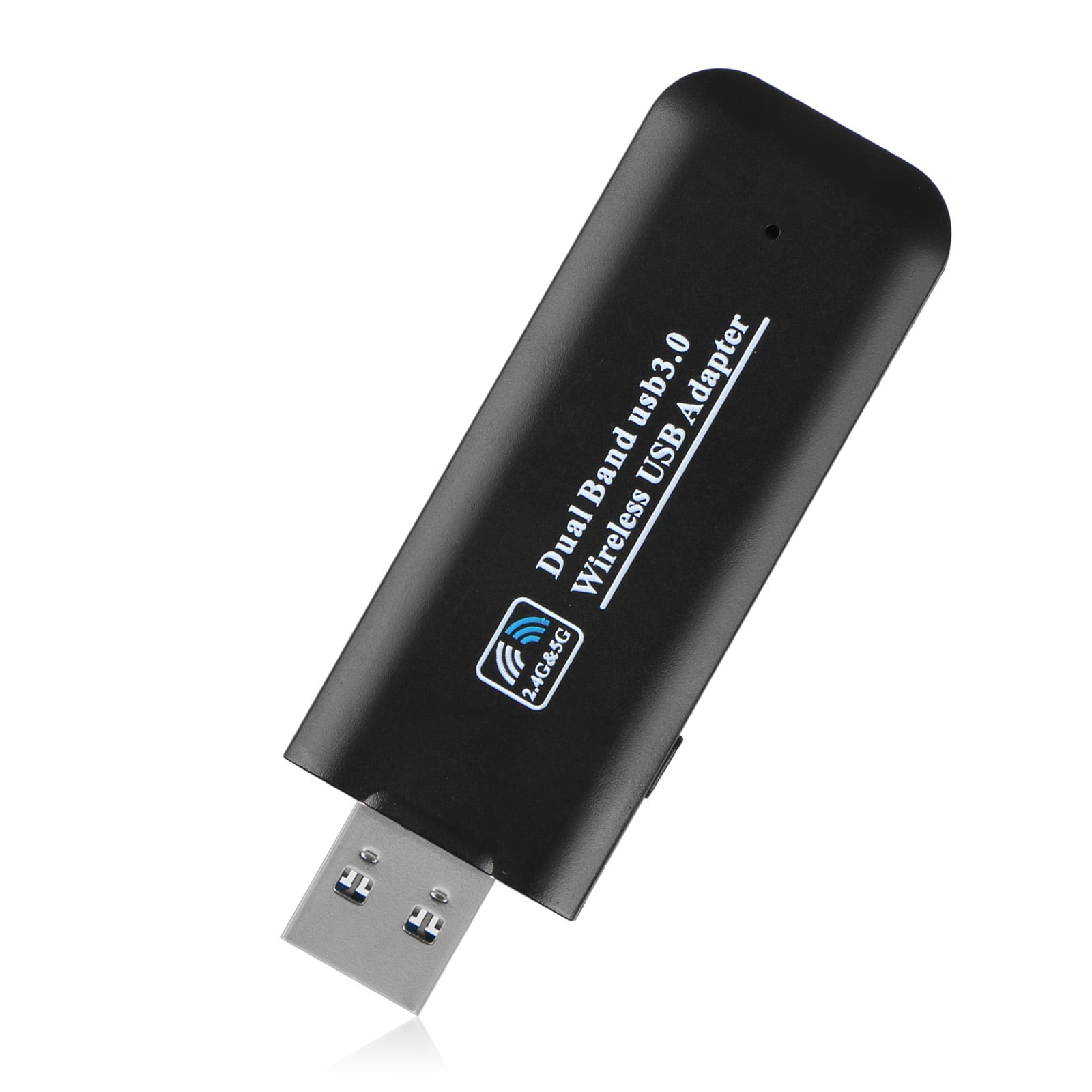
But if you router or your USB ports aren’t fast enough, you don’t need to spring for the AC adapter–wireless N is probably fine. So if you have a 802.11ac router and a fast enough USB 3.0 port on your computer, you’ll probably want an 802.11ac wireless adapter. This won’t matter as much if your broadband subscription is below 60MB/s or your router only uses 802.11n (whose max speed 56MB/s), but it’s still an important factor to keep an eye on nonetheless.Īs we mentioned in the last section, you’ll also want to be sure that your router and your adapter are able to transmit on the same protocols, otherwise you’re just flushing money down the toilet. If your laptop is older and only has USB 2.0, the maximum theoretical speed you’d be able to achieve is 60MB/s, while USB 3.0 tops out at 640MB/s.


Next, check to see what kind of USB ports your laptop has: USB 2.0 or USB 3.0. You want to look at the actual specs on the box (or web page): specifically, the wireless protocols it supports (b/g/n/ac), what generation of USB port it plugs into (2.0 or 3.0), and what bands it uses (2.4GHz or 5GHz). You can’t just judge a wireless adapter by its appearance. Just because two adapters look alike does not make them the same, and just because one adapter has two antennae and another only has one doesn’t always mean the first is going to be a stronger performer. What to Look for in a USB Wireless Adapter

#BEST USB WIRELESS ADAPTER FOR MAC FULL#
Instead of paying repair fees or sending the laptop back for a full RMA, you can just get a USB Wi-Fi adapter instead that will do the job just as well (if not better). Sometimes, your laptop’s internal card up and dies on you.


 0 kommentar(er)
0 kommentar(er)
